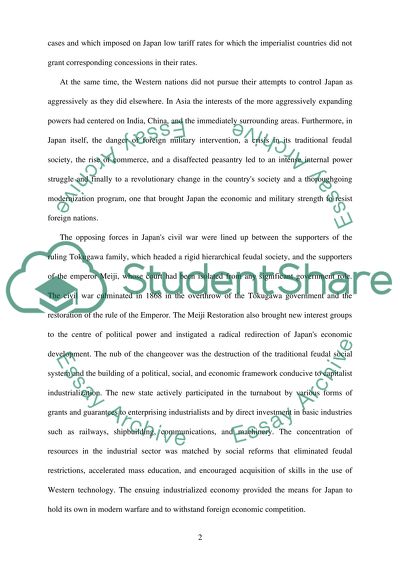Cite this document
(“Russo-Japanese War Essay Example | Topics and Well Written Essays - 3750 words”, n.d.)
Retrieved from https://studentshare.org/history/1527128-russo-japanese-war
Retrieved from https://studentshare.org/history/1527128-russo-japanese-war
(Russo-Japanese War Essay Example | Topics and Well Written Essays - 3750 Words)
https://studentshare.org/history/1527128-russo-japanese-war.
https://studentshare.org/history/1527128-russo-japanese-war.
“Russo-Japanese War Essay Example | Topics and Well Written Essays - 3750 Words”, n.d. https://studentshare.org/history/1527128-russo-japanese-war.


